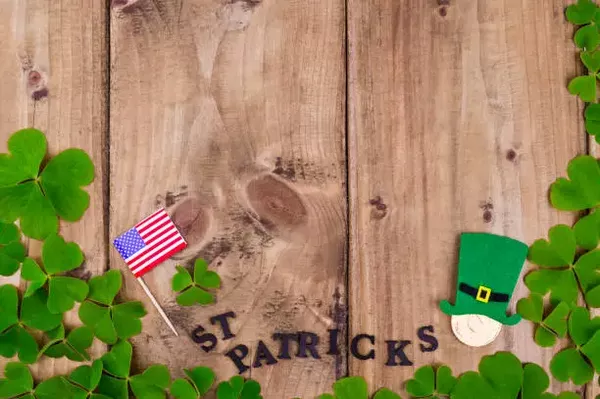St. Patrick’s Day is often marked by revelry, green attire, leprechaun hats, and pub gatherings, but the holiday has a much richer history that goes beyond the festive decorations. Here’s a closer look at why we celebrate St. Patrick’s Day and who the patron saint of Ireland really was.
The Origins of St. Patrick’s Day Celebrations
The first known St. Patrick’s Day celebrations date back to the 7th century, though the tradition likely began earlier, according to Sarah Waidler, a professor of Irish language, literature, and culture at New York University. Over time, Patrick became strongly associated with Ireland and was eventually recognized as one of its three patron saints, alongside St. Brigid and St. Columba.
Historically, St. Patrick was also seen as part of Ireland’s final judgment when people passed away. The first recorded St. Patrick’s Day parade occurred not in Ireland, but in St. Augustine, Florida, in 1601. The parades have since become a way for Irish-Americans to embrace their heritage, especially in times of discrimination.
Who Was St. Patrick?
Surprisingly, St. Patrick wasn’t Irish. Born in Roman Britain, now known as Wales, he was captured at 16 by Irish slavers. During his captivity, he rediscovered his faith. After escaping and returning to Britain, he trained to become a bishop. Eventually, he returned to Ireland, where he is believed to have converted many to Christianity.
St. Patrick’s death, which is commemorated on March 17, marks a pivotal moment in Irish history. His story of forgiveness and tolerance remains relevant today, as he chose to forgive those who enslaved him and spread the message of Christianity in a land dominated by paganism.
St. Patrick’s Day Traditions and Symbols
Over the centuries, myths and legends about St. Patrick, such as his expulsion of snakes from Ireland and his use of the shamrock to teach the Holy Trinity, became integral to the holiday. While the expulsion of snakes likely symbolizes the eradication of paganism, the shamrock, which was first linked to St. Patrick in the 18th century, is often associated with the holiday.
Interestingly, St. Patrick’s Day was once associated with the color blue, but over time, green became the color of choice, especially among Irish-Americans, who associate it with Ireland’s lush landscape.
The Global Celebration of St. Patrick’s Day
As Irish people emigrated around the world, they took St. Patrick’s Day celebrations with them. Today, the holiday is celebrated in countries like the U.S., Australia, and Singapore, and even in places as far-reaching as Dubai. Irish leaders, like the Taoiseach (Prime Minister) of Ireland, often celebrate the holiday abroad, reconnecting with Ireland’s global diaspora.
St. Patrick’s Day, as McMahon notes, is a way for Irish people, whether they’re in Ireland or not, to make themselves at home. It’s a day to celebrate heritage, community, and the Irish spirit, wherever it is found.
Conclusion
St. Patrick’s Day has grown from a religious observance to a global celebration of Irish culture and heritage. From its origins in Ireland to its current widespread popularity, the day serves as a reminder of the enduring power of forgiveness, faith, and community. And with the phrase “Everybody’s Irish on St. Patrick’s Day,” it’s clear that this holiday has become a celebration for all.
Related topics:
“Proposed Tourist Taxes in Balearic Islands Could Drive Up Holiday Costs”

